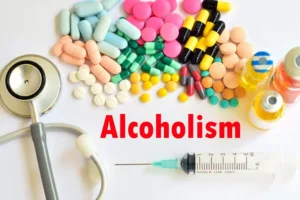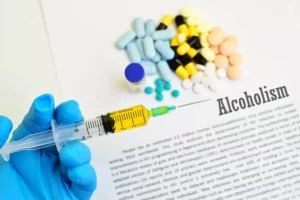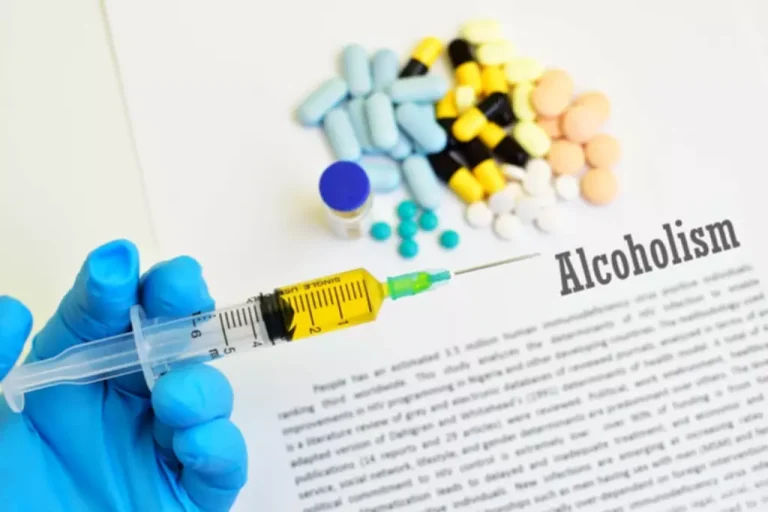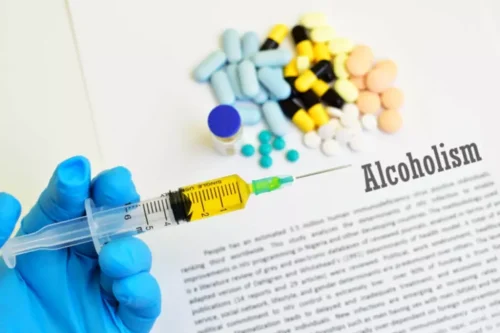
Additionally, the effects of some drugs—like impaired judgment, coordination, or reaction time—can result in accidents, such as falls and motor vehicle crashes. These sorts of injuries can pose a greater risk to health than in younger adults and coincide with a possible longer recovery time. Coping with even one of multiple negative factors that impact aging can be difficult, possibly resulting in job burnout, early retirement, chronic health problems, financial pressures, and family obligations. Studies have shown that when people retire suddenly without an avocation or activities to engage them, they face a high risk for depression. The effects of tobacco and alcohol, the two most commonly used drugs, on multiple organs, are well known. Other drugs, such as opioids and drug addiction benzodiazepines can cause or exacerbate respiratory depression.
Tips For Preventing And Treating Substance Abuse Among The Older Population
- Seniors engage in fewer activities regardless of whether substance use is present or not, making it difficult to establish if this criterion is met.
- Adverse drug events included slowed colonic motility, delirium, nausea/vomiting, fall/fracture, urinary retention, and opioid-related adverse effects 61.
- According to the National Institute on Drug Abuse (NIDA), one study suggests that people addicted to cocaine in their youth may have an accelerated age-related decline in temporal lobe gray matter and a smaller temporal lobe compared to control groups who did not use cocaine.
- As substance use among older adults continues to rise, effective screening and diagnosis will become increasingly critical.
- Consistent with this study, NSDUH data indicate that among adults ages 65 and older with SUD, in 2018, 24 percent received treatment for drug use disorders, and 16.8 percent received treatment for alcohol use disorders (Center for Behavioral Health Statistics and Quality, 2019).
BZD use disorder, specifically, needs to be medically supervised with a slow taper spanning at least four weeks.3 See table 2 for more information about the pharmacologic treatment. By clicking “Submit,” you certify that you have provided your legal name and phone number, agree to the terms and conditions and privacy policy, and authorise Paid Advertiser to contact you. If you or anyone you know is undergoing a severe health crisis, call a doctor or 911 immediately. The liver processes alcohol more slowly, and brain neuronal receptor sensitivity to alcohol and blood-brain barrier permeability increase.
Drinking and Healthy Aging: Know Your Limits
- These age- and gender-standardized prevalence rates also varied greatly across countries, ranging from 0.1 per cent in rural China to 9.6 per cent in urban Peru6.
- Keeping demographic-specific values and taboos in mind when addressing older adults remains critical in creating a therapeutic environment.
- Health care providers who work with older adults have a unique opportunity to observe and treat the repercussions of alcohol misuse, abuse, and dependence.
- This kind of treatment centre would put a heavy focus on PTSD therapy to help recovering addicted veterans overcome their traumas.
Among adults aged 50 years and older in 2012, 4.6 million reported past-year marijuana use, and less than one million reported cocaine, inhalants, hallucinogens, methamphetamine, and/or heroin use in the past year. Seniors take more prescription medications than younger adults, increasing the risk of misuse and harmful interactions. A community-based cross-sectional study of 3005 persons between the ages of 57 and 85 found that 36% of women and 37.1% of men used at least five prescription drugs concurrently. The study also showed that about 1 in 25 of those surveyed faced a high risk of a drug interaction. There is limited availability of SUD treatment facilities that accept Medicaid, with only about 60% of US counties having at least 1 outpatient SUD facility that accepts Medicaid 83. Further exacerbating this issue is the fact that counties with a higher percentage of Black, rural, and/or uninsured residents were less likely to have an SUD facility that accepts Medicaid 83.
*5* Simple Tips on How to Achieve Your Ultimate Health in 2022 and Beyond!

Older adults face unique barriers to treatment such as social isolation, limited mobility, financial problems, transportation issues, and shame regarding substance use 5. Choi et al. found that lack of readiness and cost/limited insurance were the most frequently mentioned barriers to treatment among older adults 85. The abundance of missed opportunities for screening and treating older adults with substance use problems will have devastating consequences if they are not appropriately addressed moving forward. Older adults have impairments in drug metabolism and elimination, causing opioids to be more potent and have longer duration of action than predicted in older adults compared to younger adults 59. In fact, a recent study demonstrated that baby boomers have an increased risk of death from prescription opioid and heroin overdose compared to younger cohorts, suggesting more dramatic consequences of opioid misuse in older adults 60. Adverse drug events included slowed colonic motility, delirium, nausea/vomiting, fall/fracture, urinary retention, and opioid-related adverse effects 61.
Helping a Senior Recognize Risk

The NSDUH also has shown that illicit drug use increased from 1 percent in 2003 and 2004 to 3.9 percent in 2013 (SAMHSA 2014), suggesting that both alcohol and drug use have increased slightly in older adulthood. Most countries do not invest sufficiently in public education, training/research, and development of MH/SU prevention and treatment programmes. Existing resources tend to be ineffectively utilized as these are concentrated in mental health hospitals rather than in community-based, integrated care settings. Moreover, the tremendous disparities in resources that exist between high and low/middle income countries call for innovative solutions for bringing evidence-based practices to larger segments of the world's population suffering from MH/SU problems.
- Our writers and reviewers are experienced professionals in medicine, addiction treatment, and healthcare.
- Aside from pharmacologic treatments, AUD is often treated with interventions such as twelve-step facilitation (TSF); in fact, there is high quality evidence that TSF interventions are more effective than cognitive behavioral therapy (CBT) for increasing abstinence in those with AUD 30.
- Addiction Resource is not a healthcare provider, nor does it claim to offer sound medical advice to anyone.
- If your health insurance company determines that a particular service is not reasonable and necessary, or that a particular service is not covered under your plan, your insurer will deny payment for that service and it will become your responsibility.
- Group therapy can mitigate these feelings of loneliness, but older adults may have fewer opportunities to participate in addiction groups.
At-Risk Alcohol and Drug Use
Make sure your primary doctor has a list of all the medications you take, even over-the-counter ones. More research should be done to evaluate the efficacy of such therapeutic modalities specifically in older adults. Seth brings many years of professional experience working the front lines of addiction in both the government and privatized sectors. Throughout it all, ask questions with compassion and genuine curiosity, and be authentic and gentle with your clients and patients. Ideas that seem to work best for these clients are often focused on motivational interviewing (MI) and person-centered (Rogerian) theories.


However, anyone who would substance abuse in older adults like to use marijuana should consult their doctors first, especially if they have a history of addiction or other risk factors for substance abuse. However, research on mental health among older people indicates that when these adults do experience mood disorders, they experience more negative health outcomes as a result. In older adults, noticing addiction can become especially difficult, as some symptoms of drug abuse may mimic common signs of aging.
Prescription Drug Abuse

The DSM criterion related to continued use of the substance despite recurrent or persistent problems may not apply to many seniors who do not realize that these problems, such as depression, are related to alcohol use or misuse of prescription drugs. In fact, most seniors experience reduced tolerance due to age-related physiologic changes that augment the effects of alcohol and other drugs. According to statistics from the 2005–2006 National Survey on Drug Use and Health, prevalence rates for risky alcohol consumption (more than seven drinks per week or more than three drinks in one sitting) are approximately 10.9% for women and 16.0% for men. In addition, many older adults have binge drinking issues (five or more standard drinks in one sitting).
According to the Substance Abuse and Mental Health Services Administration (SAMHSA), nearly 1 million adults aged 65 years or older reported a substance use disorder. The survey also reveals those older adults primarily misuse alcohol and prescription opioids. Recent research shows that substance use is rapidly increasing among older adults, including misuse of prescription drugs, illicit drugs, and alcohol.
כתיבת תגובה